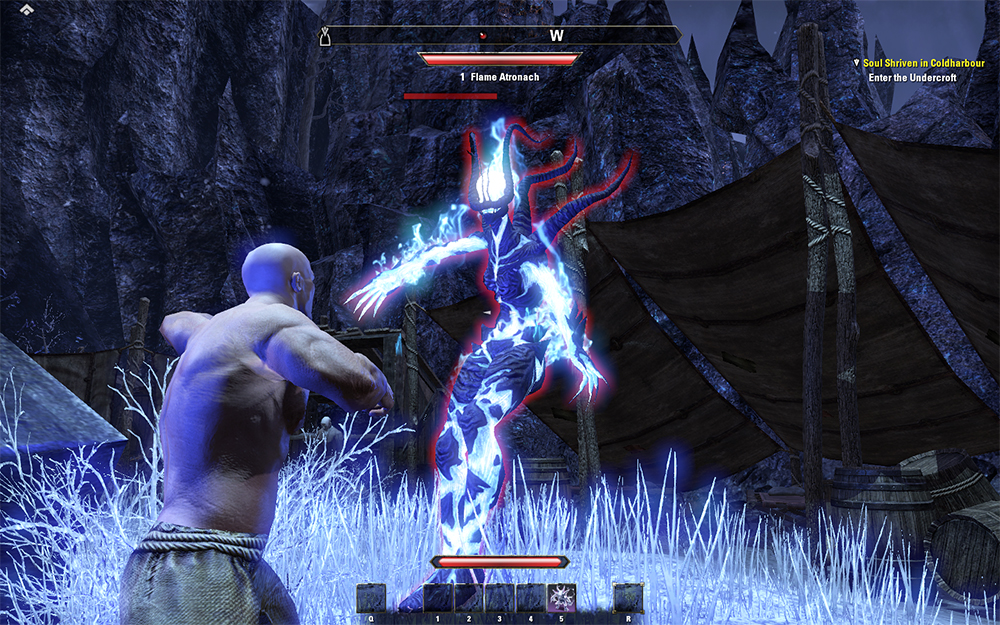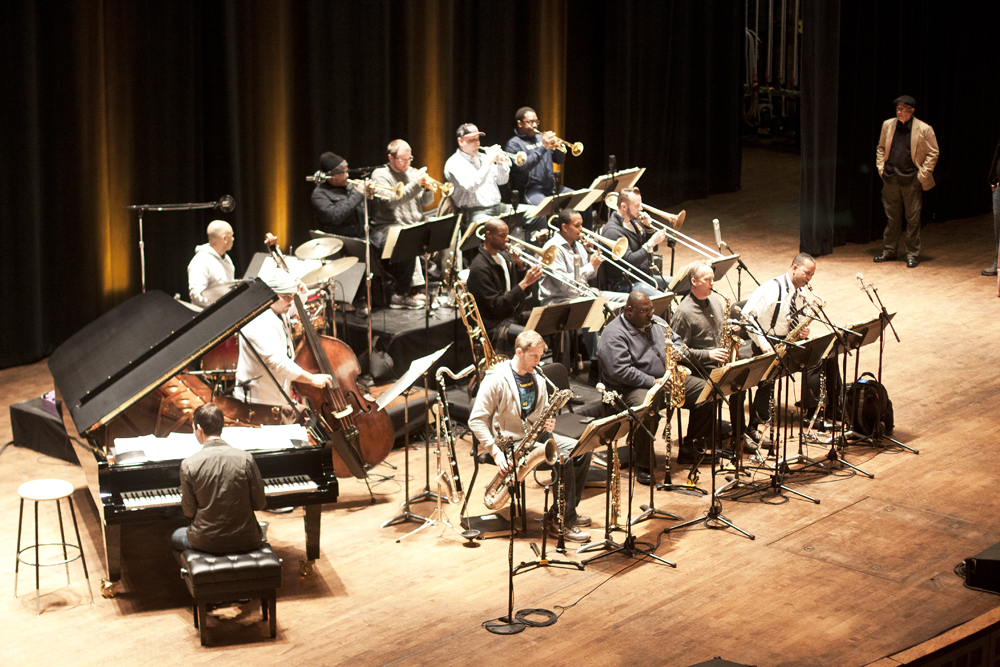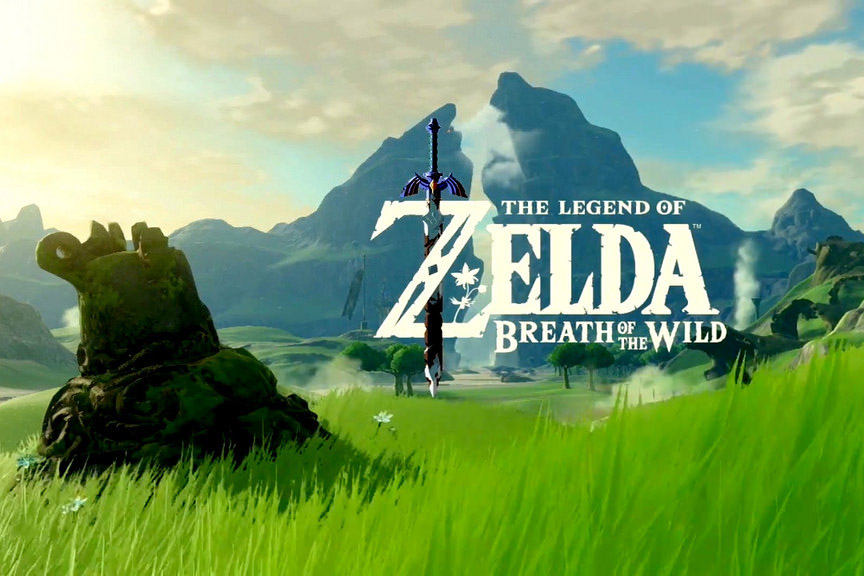From Arena to Skyrim, Bethesda Softworks’ hallmark The Elder Scrolls series has been a quintessential staple of PC gaming for just short of two decades. Though the franchise has historically been highly celebrated for the intriguing depth of its single player gameplay and sprawling in-game environments, The Elder Scrolls Online, developed by ZeniMax Online Studios and set to release on April 4, takes the series in a new direction, marking its first foray into an online multiplayer setting.
As a massively multiplayer online role-playing game, TESO will allow adventurers to create their own unique character and band together with their friends to take on the most dangerous and imposing foes that the world of Tamriel has to offer. Unlike previous entries throughout the series, The Elder Scrolls Online allows players to explore every single one of the nations of Tamriel, which at the time of the game’s setting have each opted to join one of three separate factions: The Aldmeri Dominion, Daggerfall Covenant and Ebonheart Pact. These tenuous alliances are locked in an ongoing war over the imperial throne at the center of the entire continent, a struggle which players will quickly find themselves at the heart of.
With 10 races in all and well over 40 aesthetic sliders that can be used to adjust anything from a character’s weight to cheekbone height, players will immediately realize that the game’s options for character customization are practically endless. In TESO, no two characters look quite alike.
The absence of absurd armor sets consisting of scanty chain-mail bikinis for female characters in tandem with the ability to choose a pencil-thin man or a burly, imposing woman at the character creation screen renders the game delightfully free from the presence of overbearing gender norms that create an unfortunately frequent problem throughout the genre.
Naturally, aesthetics are just the tip of the iceberg in terms of the freedom that TESO gives its players in terms of character customization. Just like in previous Elder Scrolls games, characters can equip any type of weapon or armor that exists throughout the game. You are free to create a dual-wielding, heavily armored sorcerer or a lightly-armored dragon knight that fights with a bow or staff. The opportunities to define one’s play style are endless, which—at least for me—is a breath of fresh air after playing the swathes of MMORPGs (I’m looking at you, World of Warcraft) that pretty much force you to use a given armor style and weapon selection purely on the basis of your class.
A new addition to the series, however, is the game’s skill system, which actually gives characters spells and other abilities based on what weapons and armor they are using. Interestingly, this means that two separate players who both choose the Nightblade class can wind up playing the game in completely different ways; if one chooses to put on a set of heavy armor and fight with a sword and shield, she can play as a “tank,” soaking up huge amounts of damage and protecting her group. If the other Nightblade uses medium armor and a two-handed sword, he can play as a damage-dealer and use his skills to help cut down foes far faster than other character archetypes. Each armor and weapon type confers an entire tree of active and passive perks to help characters fulfill their role in a group, or progress alone, should they so choose to. Though the game only offers four different classes—each with three different skill lines that can be picked up or ignored according to the player’s whim—three different armor types and six different weapon categories, the ability to mix and match these different elements allows for a surprisingly diverse spread of play styles and equipment load outs.
Beyond differences across individual characters, The Elder Scrolls Online also offers an incredibly expansive world to explore. Each of the three factions will launch players into a unique storyline for their alliance of choice. A Nord (basically the Tamrielic version of a Viking) in the Ebonheart Pact will embark on entirely separate quests in completely different parts of the world than an Altmer (high elf) character that joins the Aldmeri Dominion.
Skyrim, the northern nation that hosted the events of the eponymously titled Elder Scrolls V, makes up but a tiny portion of the game’s world. While the region doesn’t feature the same level of depth that it did in Skyrim, the presence of engaging voice-acting for each quest-giver that you encounter, as well as the extremely diverse environments owned by each faction, left me feeling like I was playing a game much closer to the likes of a full-fledged Elder Scrolls game than your run-of-the-mill MMORPG in terms of deepness and immersion.
While players belonging to separate factions will generally find themselves in completely different parts of Tamriel, the one place that they will meet is in the Imperial province of Cyrodiil, the seat of the world’s former empire and the epicenter of the ongoing conflict between the three alliances. Here, the three factions clash over control of massive forts and castles, where they employ devastating siege weaponry to bring down the walls of their enemies’ holdings and claim them for themselves.
Ambitious groups can actually steal elder scrolls, which are magical objects of unimaginable power, from the grasps of their enemies to confer benefits to their entire faction throughout its war efforts. If one faction succeeds in controlling a large enough territory, one of its most prominent players will be granted emperorship over the entire continent—at least as long as they can stay alive and defend their land.
Whether players find themselves manning a ballista trained on an enemy castle’s gates or fiercely fending off members of the opposing factions, they will quickly find that the battlefields of Cyrodiil make for a truly monumental player-versus-player environment, the likes of which are rarely found in other games of the genre.
Unfortunately, The Elder Scrolls Online is not without its faults. Movement feels essentially weightless, even as players brandish massive two-handed weapons, which makes for somewhat unconvincing PVP gameplay. This problem is only worsened by the game’s lack of collision detection; players and non-player characters can literally walk through one another. While this doesn’t necessarily detract from the fun of skirmishes, it certainly seems less realistic than combat in previous entries in the series, in which player characters would have to slow down to use a “power attack” and then lunge forward as they brought their weapon down upon their foes.
Furthermore, some players might be disheartened by their characters’ relatively humble standings throughout the game’s setting. Whereas in Skyrim, it was wholly possible to be the fabled Dragonborn, as well as the head of the Thieves’ Guild, Dark Brotherhood and College of Winterhold, most player characters in TESO can aspire to become little more than common soldiers in their respective factions’ armies, at least in my experience.
While this is a fairly unavoidable consequence of the genre—it wouldn’t exactly make sense to have thousands upon thousands of Dragonborns in a single army or a hundred guild masters for a single organization—it does mark a serious departure from previous entries in the franchise and might bother returning players, who could very well be expecting to play something in the vein of an online version of Skyrim.
All in all, I contend that The Elder Scrolls Online does far more things right than wrong. The carefully crafted beauty of its gargantuan environments and the sheer freedom that it allows for character development do much to outweigh the clunkier facets of the gameplay.
While some people are bound to disagree, I wrapped up the game’s latest beta session thoroughly impressed with what it had to offer and am definitely considering pre-ordering it so that I can once again delve into the fields and dungeons of Tamriel the moment the game launches for the PC next month.






